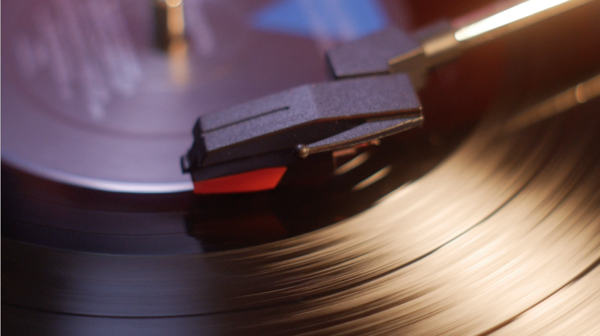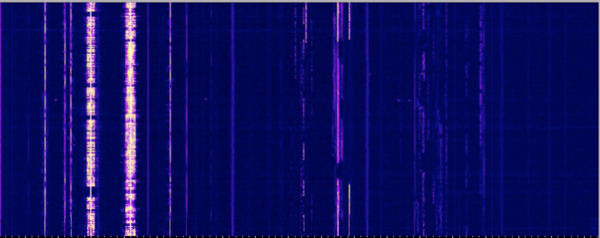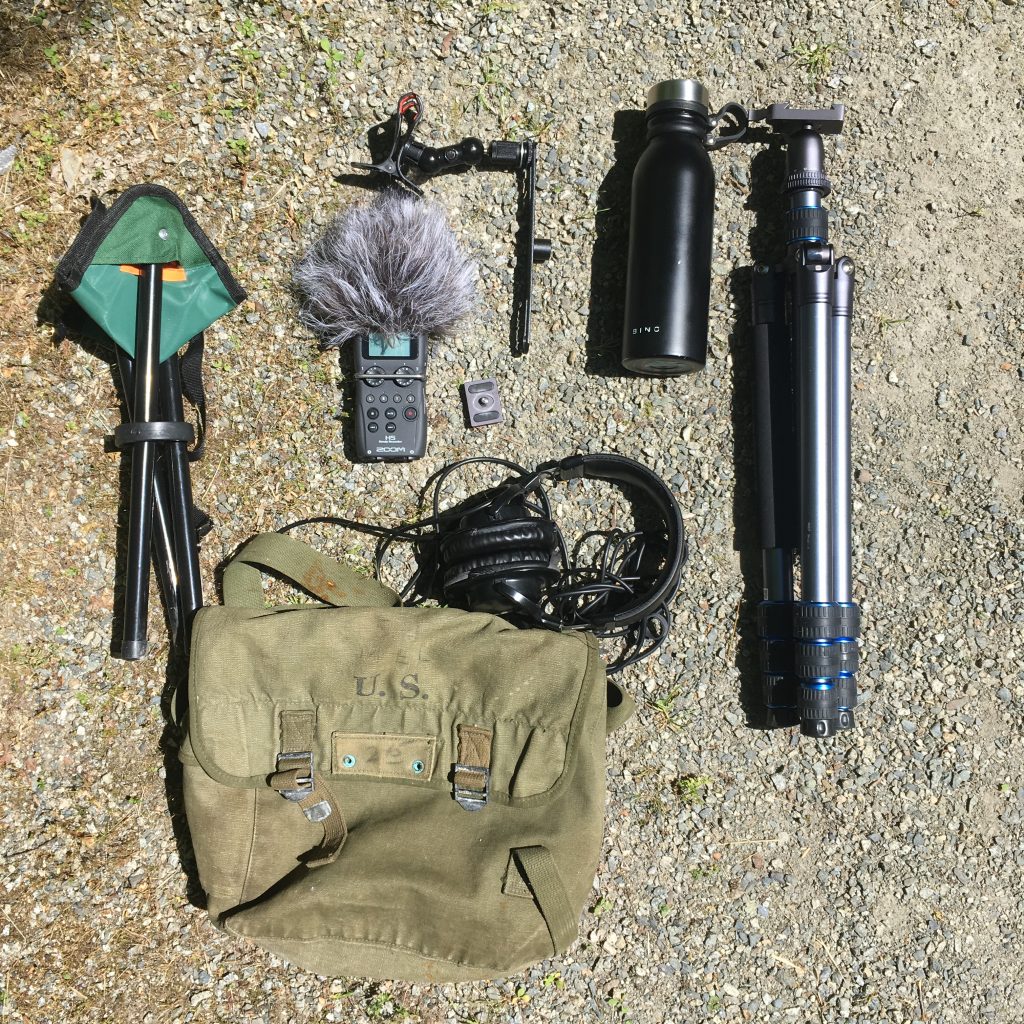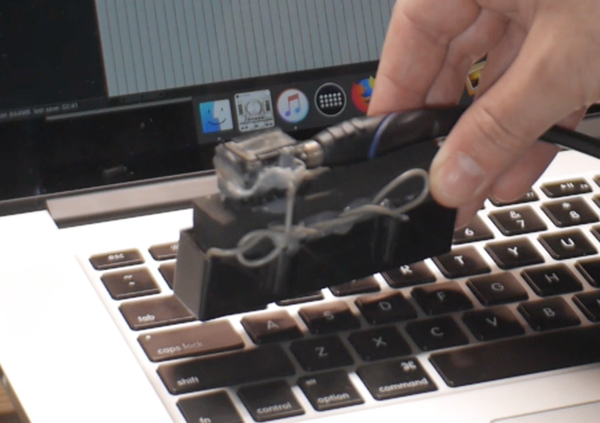In this video I’ll show you some of my favorite noisy sound sources and some ideas for what to do with them.
Get 2 months free of Skillshare premium membership
http://reaperblog.net/skillshare
Vinyl record crackle
Anything you sample off of vinyl instantly has an interesting character and vibe to it. Some people go to extremes with this, for example the Pretty Lights album A Color Map Of The Sun was first performed by session musicians on vintage equipment, printed on vinyl, sampled from vinyl and reassembled and layered in the computer. Maximum effort but it’s a fantastic result. I’m not going to recommend we do that in the home studio.

This is what I do: I’ve got a cheap record player that has a stereo line out, I connect that to my portable recorder’s line-in.
The first and last few seconds of a record – the lead in and lead out will get you some of the sound of the record, without music. Any noise, clicks and crackles you get there are all good stuff.
I actually have a small library from my record collection of these kinds of vinyl noise samples. I’ve used them on a bunch of projects already and usually go for these before trying plugins for the same sort of effect.
By the way, if you don’t have the means to record this yourself you can get my collection of samples on my Patreon. And actually, everything I recorded for this video will be shared there soon.
Radio static
This is another classic technique, using radio static in intros, bridges, and outros. Of course you can use straight up pink or white noise with some effects but I think it’s much more interesting to actually hunt and collect interesting samples to use.
There’s a really cool website for this: Wide-band WebSDR where you can control a shortwave radio receiver and find all kinds of really interesting sounds.
It even has a built in recording function. http://websdr.ewi.utwente.nl:8901/

You can use those sounds as song intros or you can use them as sound sources in a synthesizer, or maybe add a fade out and then layer that as a noisy tail to a snare? Or maybe as a convolution reverb?
Field recording
There have been countless songs that start off with rain, or traffic, or some other ambience that fades out as the band comes in.
Last week I went out to do some recording at a nearby forest park. Now even though I didn’t get top quality recordings, I did get some that are useable and even more importantly I had a great time just sitting and taking in the sounds of the forest.

Zoom H5 with the XY stereo mics, headphones, a tripod and the real MVP: a folding tripod stool I got for $4.
If you’re like me and you’ve skipped leg day the last 34 years, bring a chair.
Electromagnetic noise
There is a hidden world of sound all around us in the electromagnetic spectrum. You can tap into this and capture sounds with electomagnetic pickups. You can get specialized tools for this with high sensitivity and wide frequency spectrum like the LOM Electrosluch or SOMA Laboratory ETHER.
Or you can go the lo-fi route and try this with a single coil guitar pickup, like the bass pickup I have here, with a jack soldered on and the whole thing held together with hot glue. It actually works but the output level is low and the range is low. Regardless I found some interesting sounds without even leaving my desk. When hand holding it I got a strong 60Hz buzz but it was easily removed with a notch filter.

Plugins
There are a ton of great plugins that we can use for adding noise and textures to our projects, here’s just a few that I own and use.
- iZotope Vinyl plugin has been around forever but it still really useful. I like it mostly for filtering but I have to admit the control over crackles, hum and other artifacts is really useful.
- XLN Audio’s RC-20 Retro Color has a variety of noise types, ducking function and a variety of sound shaping tools like wobble, distortion and bit crushing.
- UVI SweepMachine is a virtual instrument inside UVI Workstation for creating noise sweep transitions. It’s triggered by a MIDI note and you can use the mod wheel to control the sweep timing. What I like most about this is the many different noise types that you can mix with different tuned metallic filters.
- Devious Machines Texture is a crazy plugin that’s a bit like a sidechain triggered sampler or something. It creates new layers of sound on the input signal that follow the dynamics of the original sound. I’ve only had this for a little while and haven’t had time to really dig into it .
So there you go, a bunch of ways to get interesting noises to use in your productions. If you made it to the end of the article and haven’t seen the video, you’ll be missing out on demonstrations of everything.
🐦 Twitter – https://twitter.com/reaperblog
📘 Facebook Page – https://facebook.com/thereaperblog
🤷 Facebook Group – https://facebook.com/groups/reaperblogcommunity
👏 Patreon – https://patreon.com/thereaperblog
👕 Merch Store – https://reaperblog.net/merch

